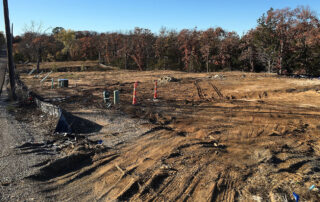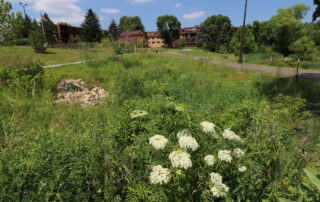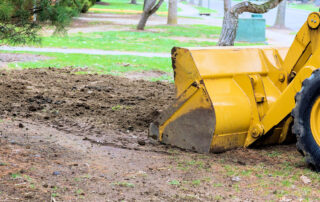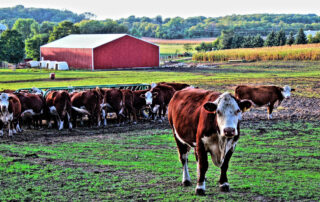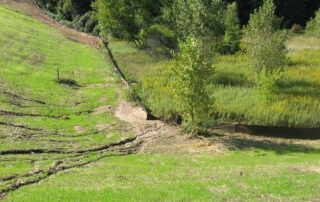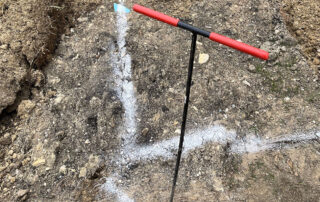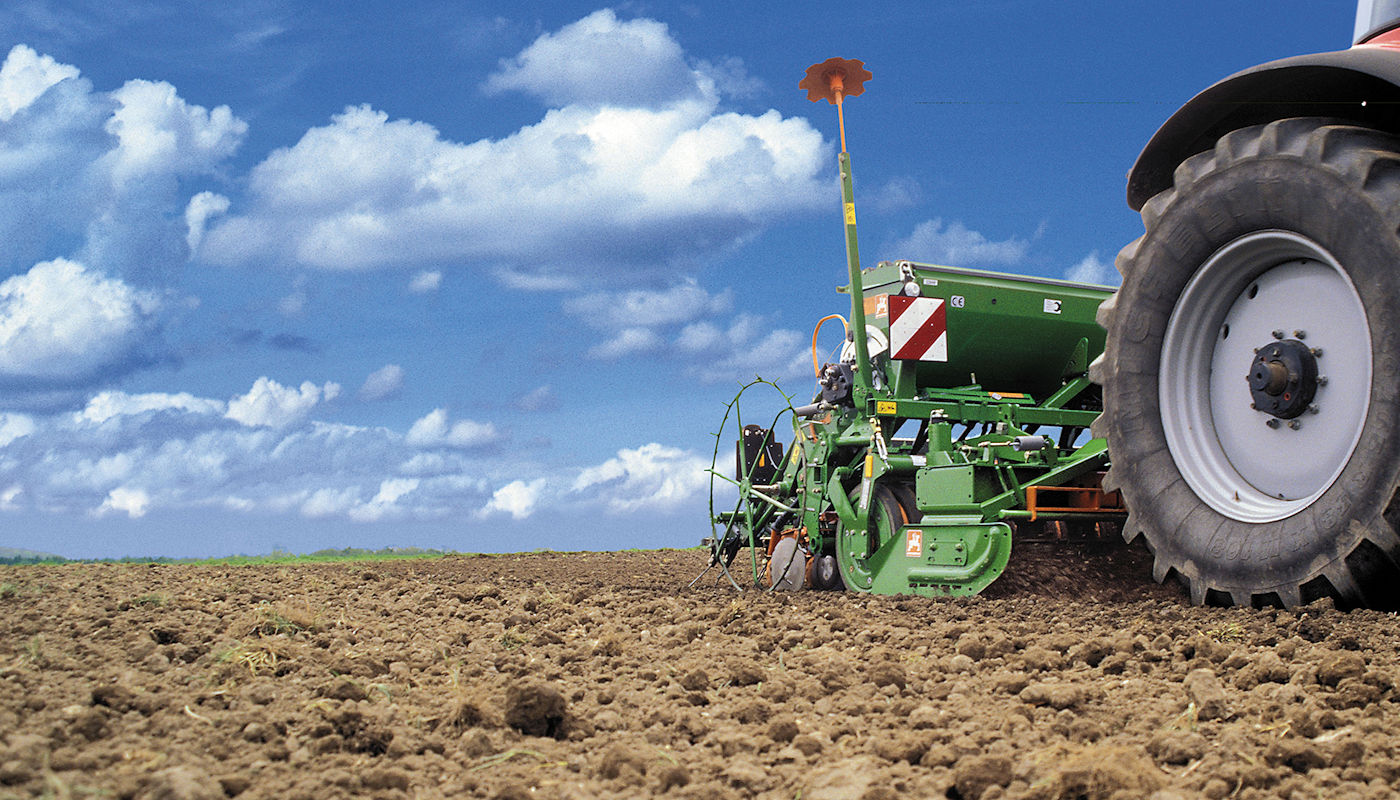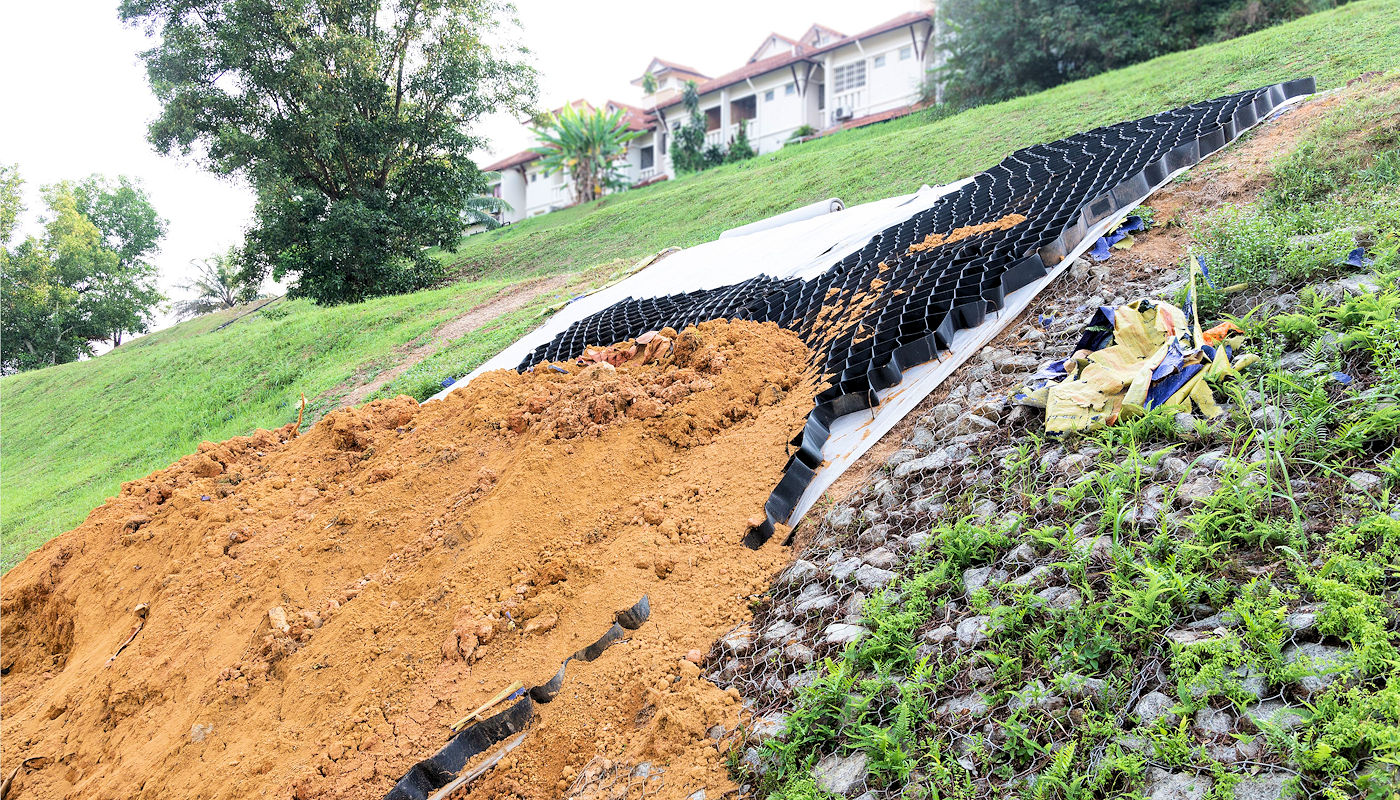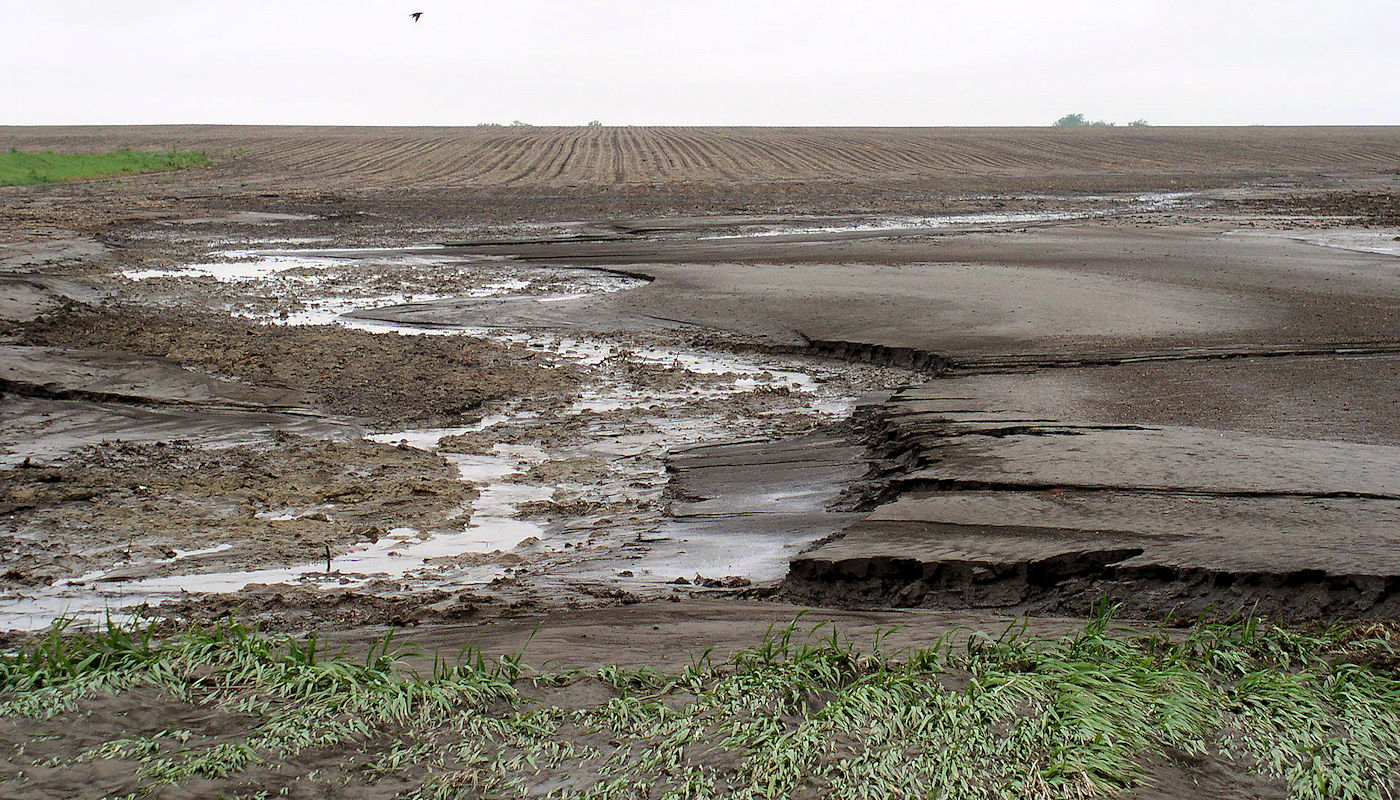

Soil Erosion Restoration & Repair
for Farm & Ranch Properties
Erosion Prevention & Repair Excavation Services
Soil Erosion Restoration & Repair
for Farm & Ranch Properties
Erosion Prevention & Repair Excavation Services
Texoma Excavation & Construction (TEC) recognizes the unique soil erosion issues that impact businesses operating farms and ranches. Unlike other businesses, such as a doctor’s office surrounded by land covered by grass or other landscaping, or even a golf course, little of the acreage of a farm or ranch is covered by buildings or has any such landscaping features. This leaves the majority of the property as earth that has been tilled or is between tilling, or being grazed, making it very susceptible to stormwater runoff damage. This is why we address the erosion and related needs of farms and ranches apart from residential & commercial erosion control.
As you navigate the Texoma Excavation & Construction (TEC) website, you will see that we offer an array of land grading and excavation, landscaping drainage control, and pond building services for your farm or ranch soil erosion prevention or restoration and repair needs. Our rainscaping and naturescaping services would be beneficial to the areas around your main buildings and home.

These services work together to protect the structural integrity of buildings (protection from foundation damage) and enhance the aesthetic and functional aspects of all of your outdoor spaces. The goal is to create a sustainable landscape that works with natural elements and processes to manage water effectively. This not only preserves the health and beauty of the landscape but also safeguards the property from potential water damage. Note that Rainscaping and/or naturescaping is a type of stormwater drainage control that adds management of stormwater as close to the source as possible as an environmental benefit. These methods also can add aesthetic benefits to the project.
However, the effectiveness of these methods can vary depending on the specific conditions of the site, such as the type of soil, the slope of the land, and the local climate. Therefore, it’s important to choose the most appropriate methods for each specific situation. Land and property already in use may show signs of soil erosion risk (or damage) due to any number of factors that were not originally considered when it was developed. The purpose of these methods is to prevent or stop soil erosion and provide a sustainable system to avoid such future soil erosion.
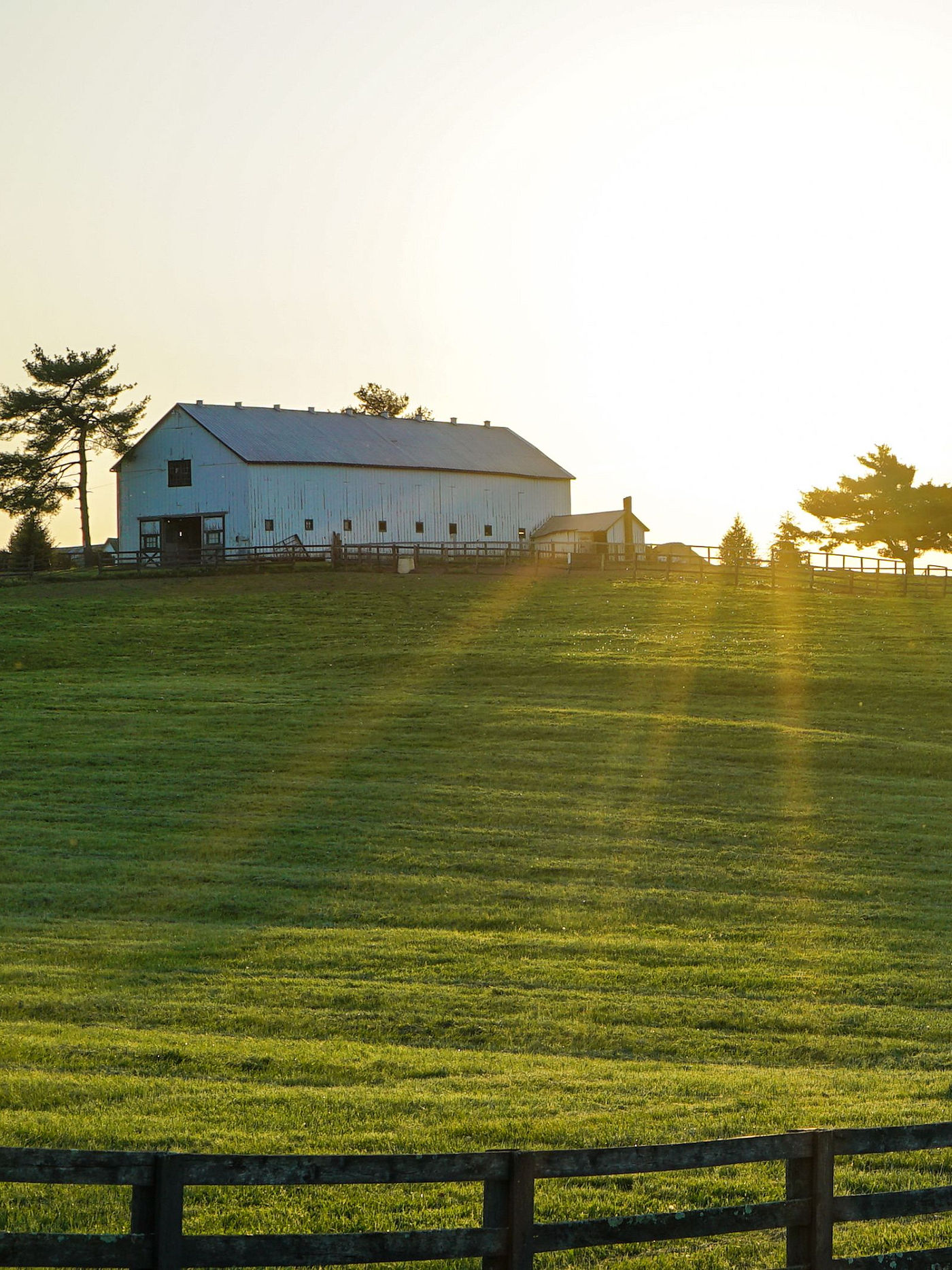
Types of Erosion Affecting Ranches and Farms
Ranches and farms are subject to the same types of erosion for the same reasons as other residential and commercial properties in the areas around the houses and related landscaping that are found on them. Other buildings such as barns represent the same grading requirements as any home to prevent foundation and related issues from pooling stormwater runoff.
However, once you get beyond these areas into the parts of the property dedicated to farm or ranching activity, such as tillage and livestock grazing, you find their particular vulnerabilities to all forms of erosion, with sheet and gully erosion being the most prevalent. These types of erosion can have significant impacts on the productivity and sustainability of crops and livestock.
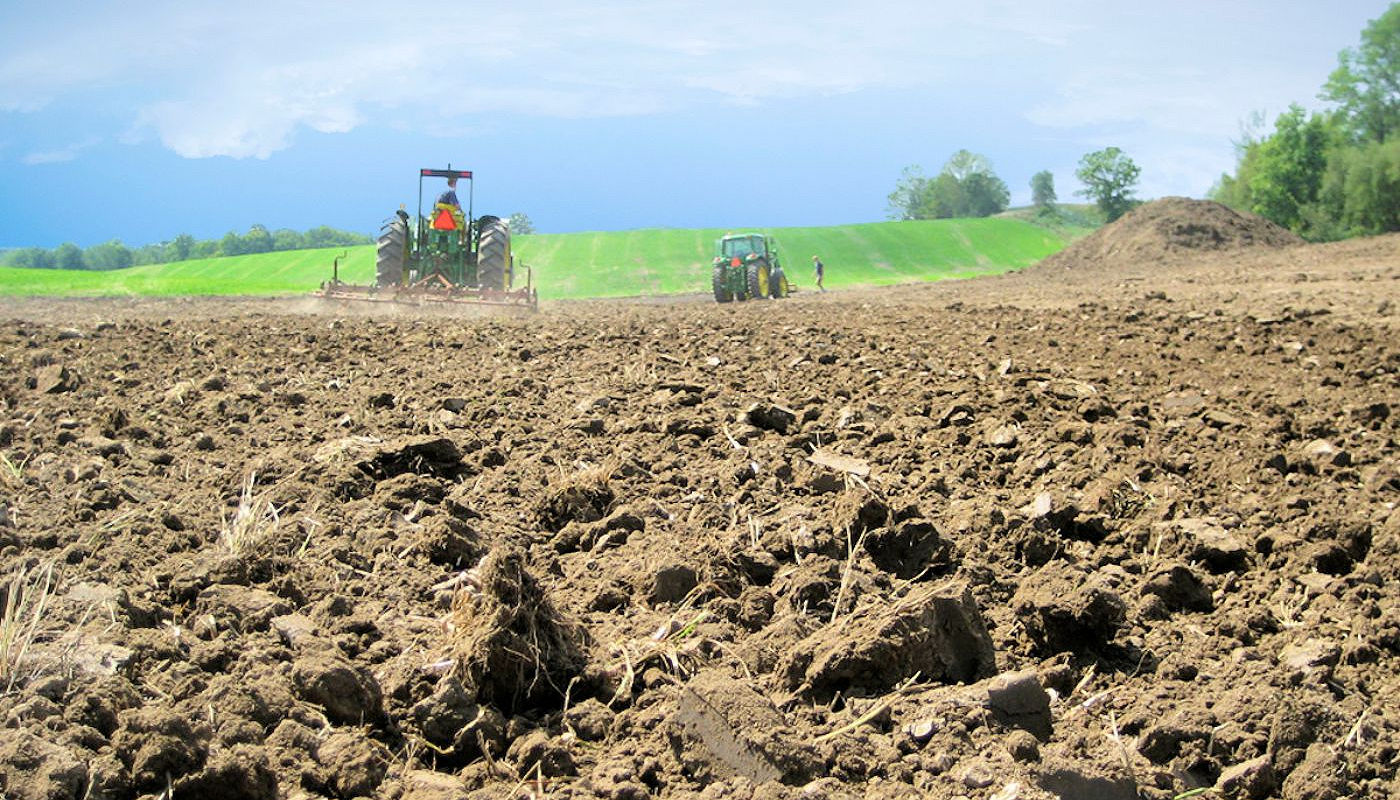
Tillage Erosion: Another form of soil erosion that occurs in cultivated fields due to the movement of soil by tillage. This type of farmland erosion involves three distinct actions: soil detachment by the use of a tool, redistribution of the soil through movement, and deposition of the soil elsewhere. The progressive down-slope movement of soil during tillage operations results in significant soil loss on upper-slope positions and accumulation in lower-slope positions. This process is often worsened by the design and operation of tillage implements, as well as the topographic and soil properties of landscapes. read more
Soil Erosion from Overgrazing: Overgrazing is defined as the persistent, excessive grazing that inflicts harm on grass or rangeland ecosystems. The term “continuous” is crucial in this context, as the duration of grazing, rather than the quantity of forage consumed, determines overgrazing. When livestock graze a pasture, plants regrow, but if these plants are grazed again before they have sufficiently recovered, it results in overgrazing. Overgrazing essentially means grazing plants before they have had enough time to recover from the previous grazing event. read more


Engaging in crop and livestock production make ranches and farms particularly vulnerable to all forms of erosion, with sheet and gully erosion being the most prevalent. These types of erosion can have significant impacts on the productivity and sustainability of these agricultural lands.
Sheet Erosion: This form of erosion involves the removal of a uniform layer of topsoil from a large area due to the impact of raindrops and shallow surface flow. It can be difficult to detect until a substantial amount of fertile soil has been lost. For ranches and farms, this can lead to a decrease in land productivity as the nutrient-rich topsoil, essential for plant growth, is eroded away.


Gully Erosion: Ranches and farms are more likely to be affected by gully erosion than homes and businesses. Gully erosion is a severe form of water erosion that occurs when runoff water forms small channels, known as rills, that can expand into larger gullies over time. Gully erosion is more likely to affect ranches and farms than residential or commercial properties due to the larger land area and less coverage by buildings and hardscapes. This gives stormwater runoff more opportunity to transform from sheet to rill to gully erosion. The formation of gullies can lead to significant land degradation, making large areas unsuitable for cultivation or grazing.
Two major gully types can often be observed in agricultural lands: ephemeral gullies and bank gullies. Ephemeral gullies are a specific type of erosion that occurs in natural landscapes. They are characterized by their temporary nature, often appearing at the same location on the landscape year after year. Despite being typically erased by annual tillage operations, these gullies can reappear following subsequent rainfall events. The recurrence of these gullies can lead to significant soil loss and contribute to water pollution, making their management a crucial aspect of sustainable land use.
Bank gullies, on the other hand, are more likely to occur when a concentrated flow zone, such as a rill or an ephemeral gully, crosses and erodes an earth bank. An earth bank, in this context, refers to a raised bank of earth, often used for erosion control or to create a barrier. It is made up of soil, rocks, and other natural materials and is typically used for a variety of purposes, including flood control, erosion prevention, and landscaping. Earth banks can be found in rural areas, where they are used to create barriers between fields or to protect buildings from flooding [19].
Yes, bank gullies can occur in crop fields. Ephemeral gullies are known to occur on cropland and are temporarily filled in by field operations, only to recur after concentrated flow runoff. This filling and recurrence of the ephemeral gully can happen numerous times throughout the year if untreated [20].
In the context of ‘bank gullies’, the term ‘bank’ does not necessarily refer to a riverbank or any other shoreline. Rather, it refers to the raised earth structure that is being eroded. However, the term ‘bank’ in ‘bank gullies’ and ‘riverbank’ share a common characteristic in that they both refer to the edges of a water flow path, whether it’s a river or a concentrated flow zone in a field. The erosion of these banks, whether in a field or along a river, can have significant impacts on the landscape and the environment [19].
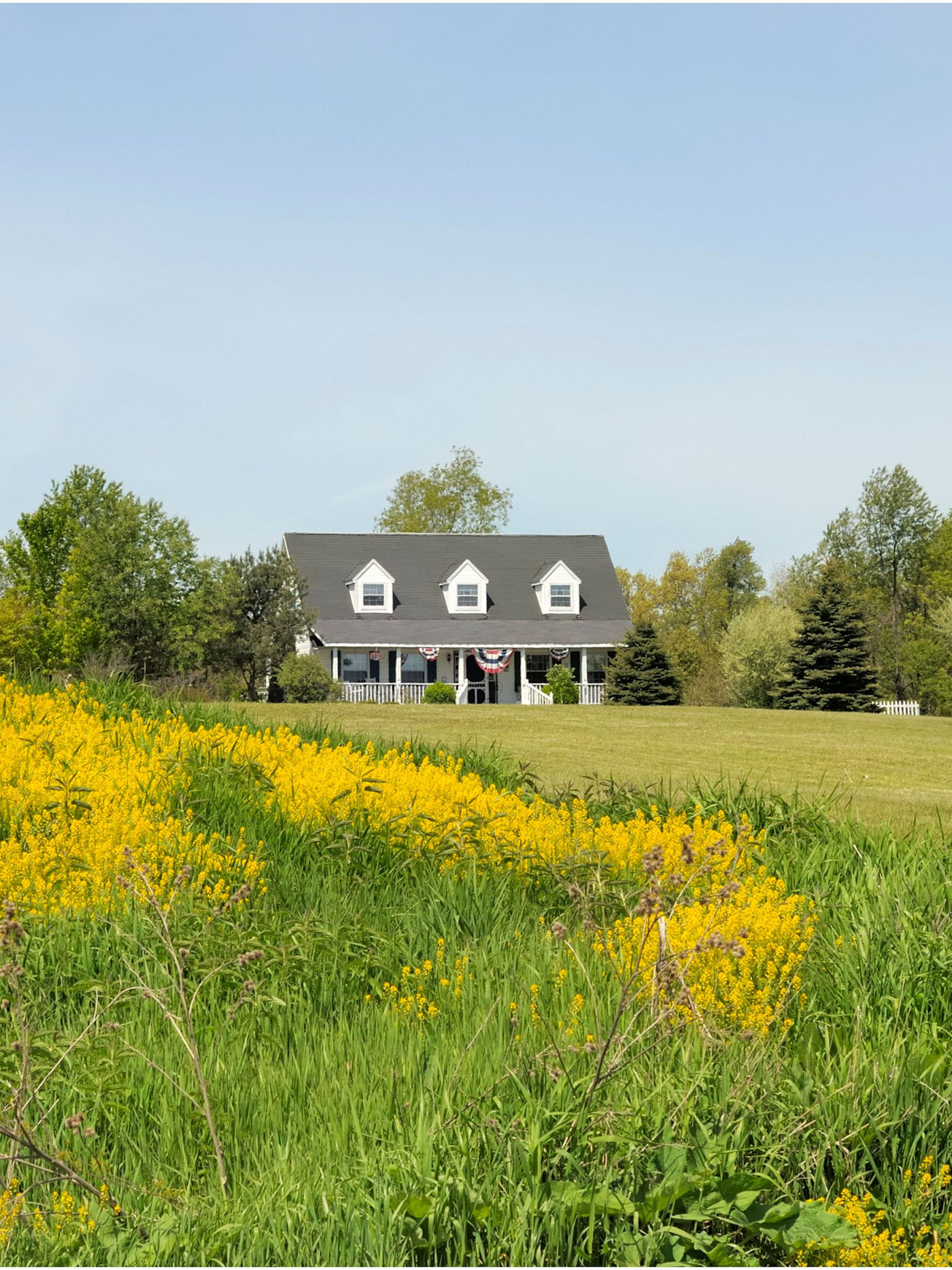

Factors Causing Gully Erosion on Ranches & Farms
Larger Land Area: Ranches and farms typically cover a larger land area than residential or commercial properties. This larger area provides more surface for water to run off and potentially cause erosion.[3] [5]. This gives stormwater runoff more time and opportunity to turn from sheet to rill to gully erosion as the rills have a greater opportunity to widen [1] [2].
Less Hardscape Coverage: Unlike homes and businesses, which often have a significant portion of their land covered by impervious surfaces (hardscapes) such as buildings, driveways, and patios, ranches and farms have a greater percentage of their area exposed to the elements. This lack of coverage allows stormwater runoff more time and opportunity to erode the soil.
Transition from Sheet to Rill to Gully Erosion: The process of erosion often begins with sheet erosion, where a thin layer of soil is removed over a large area. As the runoff water continues to flow, it can form small channels or rills. Given enough time and under the right conditions, these rills can widen and deepen, eventually becoming gullies. This transition from sheet to rill to gully erosion is more likely to occur on ranches and farms due to the factors mentioned above.
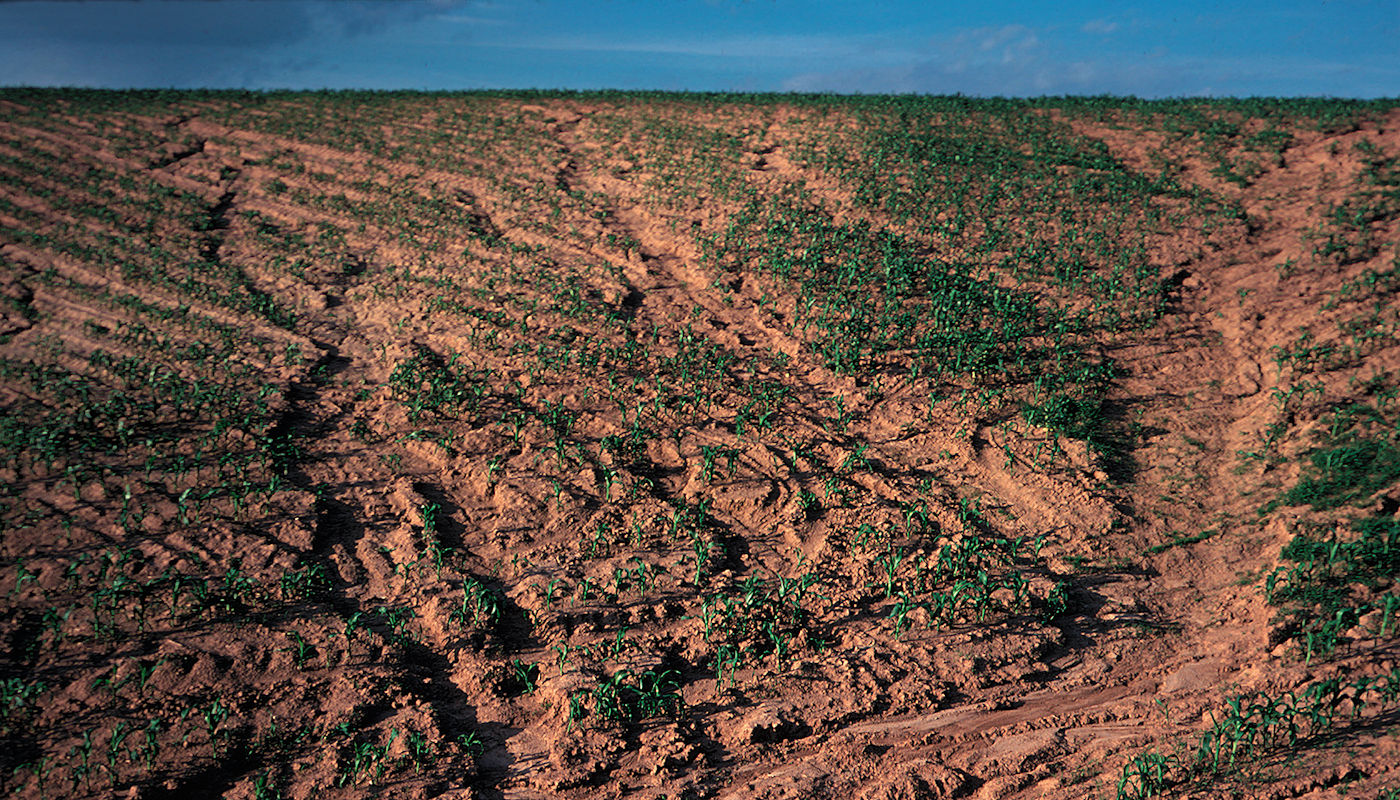
Gully erosion results in the removal of soil along drainage lines by surface water runoff [12]. This process often begins with the formation of small ditches in fields, known as ephemeral gullies, which farmers typically smooth over with a disk before planting crops. These gullies are natural drainageways that form in the same location after additional runoff events. When farmers fill in these gullies, they often use loose topsoil treated with fertilizer and herbicides. The erosion from these ephemeral gullies can then contribute to excess phosphorus and nutrients in streams and rivers [10].
Sediment Production: Gully erosion is a significant source of sediment production in agricultural environments. Field measurements combined with aerial photo analysis in three contrasting European environments indicate that ephemeral gully erosion rates represent 44 per cent of total sediment production in central Belgium and up to 80–83 per cent of total sediment production in Mediterranean conditions [1].
Land Fragmentation: Land fragmentation refers to a situation where one area or unit is composed of a large number of parcels that are too small for their rational utilization [9]. It is defined as the splitting of one or more aspects of land available for use as farmland through activities like subdivision and residential development, including expansion of urban areas [7]. It can also refer to farmers operating two or more geographically separated tracts of land, considering the distances between those parcels [8].

Impact on Crop Production: Land fragmentation has been shown to reduce crop production in several ways. It increases production costs due to inefficient resource allocation and suboptimal usage of factor inputs. This inefficiency lowers overall returns to land due to losses on extra travel time, wasted space along borders, inadequate monitoring, and the inability to use certain types of machinery. It also hinders agricultural modernization and makes it costly to modify adverse effects by consolidation schemes [8].
In the United States, more than 11 million acres of farmland have been converted, fragmented, or paved over by development projects in the last 20 years. This has threatened the integrity of local and regional food systems. The loss of farmland to low-density residential development at the edge of urban and suburban areas is of special concern. This fragmentation often results in a different kind of enterprise happening on the land, which is not a commercial enterprise. This can have a detrimental impact on the agricultural community and economy [14].
Gully erosion and land fragmentation are significant issues that impact the suitability of land for farming and ranching. They lead to inefficiencies in resource allocation, hinder the use of mechanization, and ultimately reduce crop production. It’s crucial to implement effective land management practices to mitigate these issues and ensure sustainable agricultural production.
Property Value: The unsightly channels that the eroding process creates can reduce amenity and property values, as well as destroy any agricultural capacity the land has for farmers [5].




